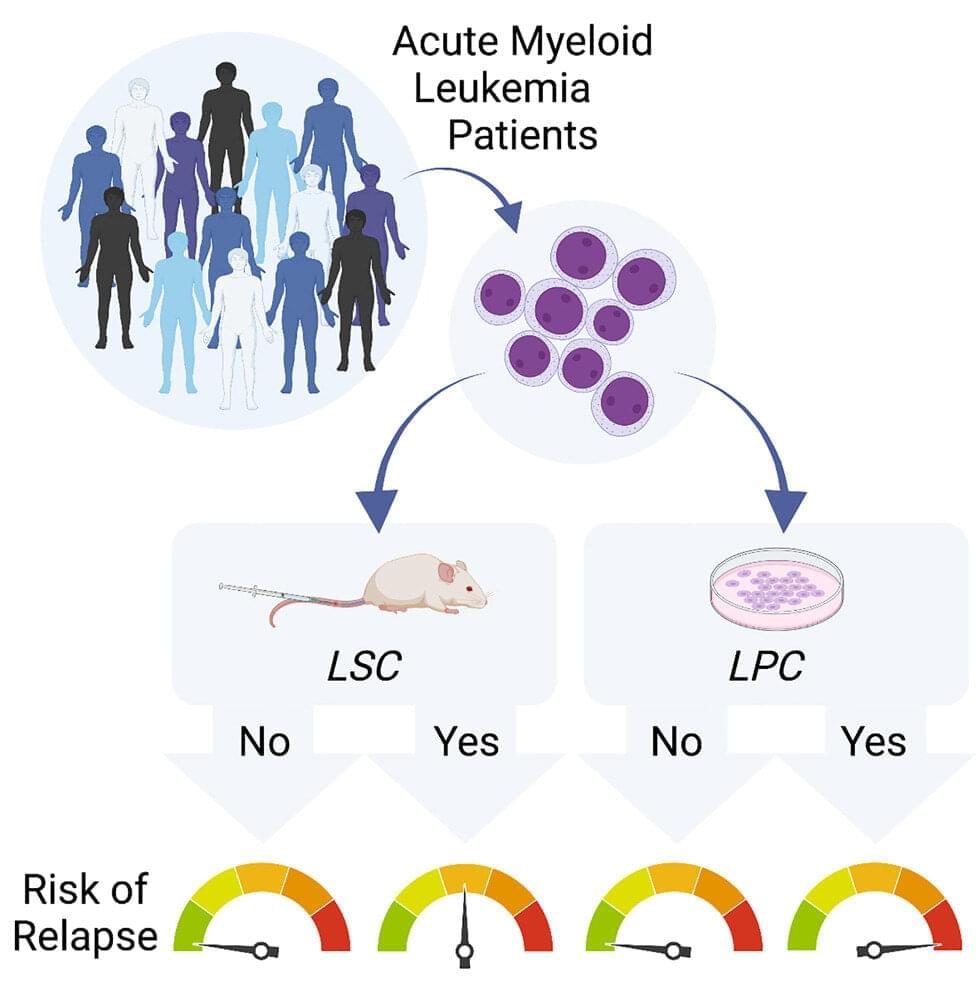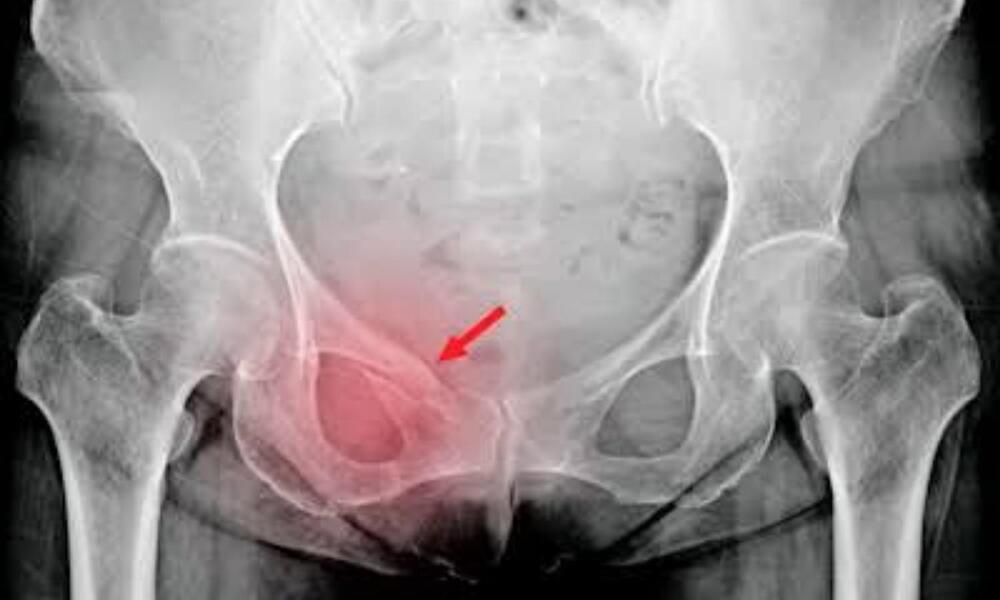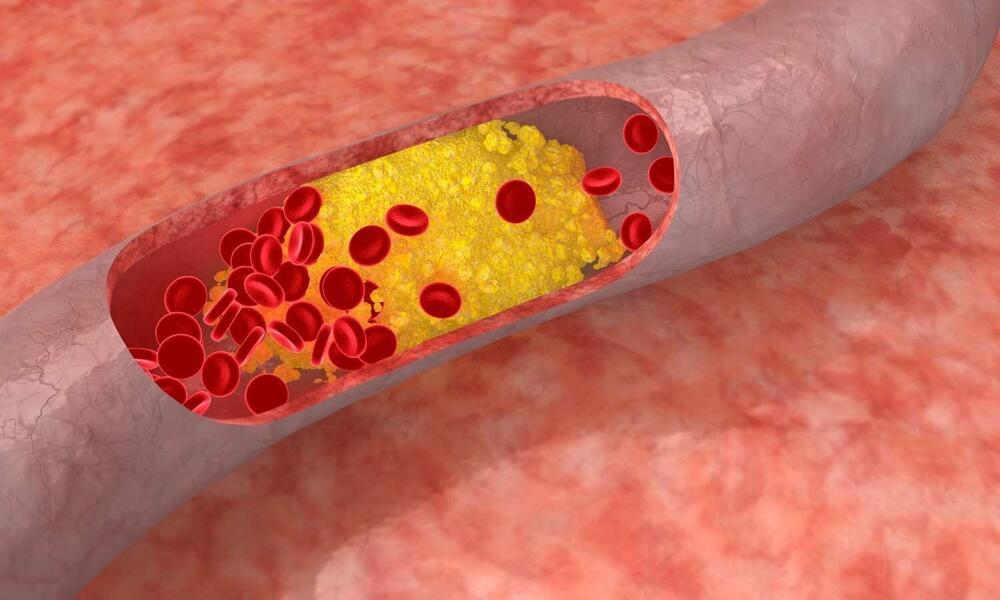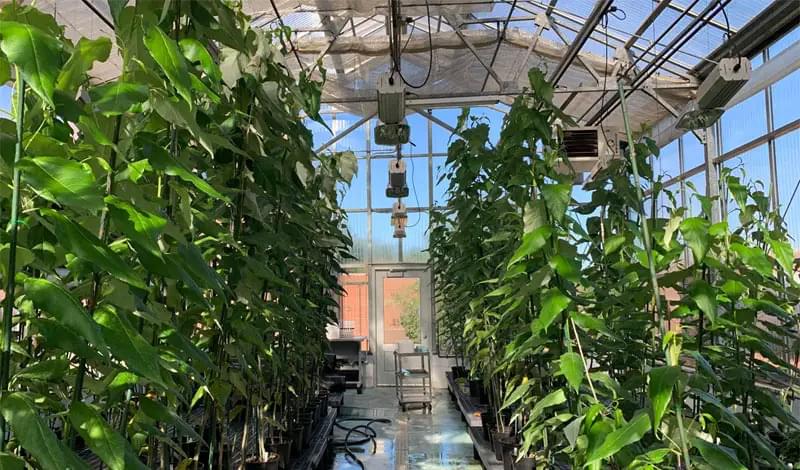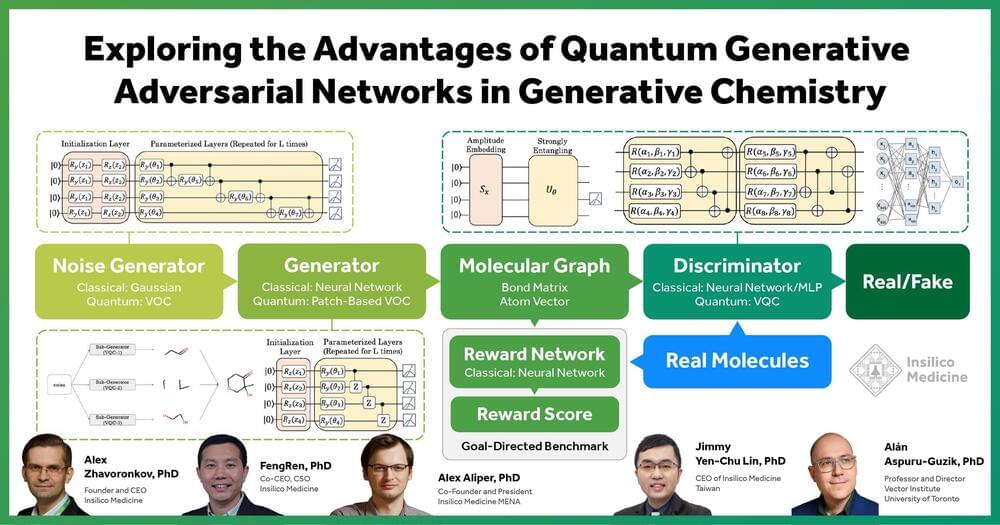Page 2655
Jul 17, 2023
Intentions Matter: How Source Intent Influences Perceptions of Truth
Posted by Arthur Brown in category: futurism
Summary: Psychologists revealed people’s judgments of truthfulness are influenced by what they perceive as the information source’s intentions.
They found that even when individuals knew the factual accuracy of a claim, their judgment of its truth was affected by whether they thought the source was trying to deceive or inform them. This tendency held true for both politicized and non-politicized topics.
This research uncovers a new facet of truth perception, showing that objective accuracy is not the only criterion considered.
Jul 17, 2023
Research team creates open-source medicine autoinjector—for a tenth of the cost
Posted by Shubham Ghosh Roy in categories: biotech/medical, business, engineering

Sir Frederick Banting was clearly ahead of his time. He is also an inspiration for a new open source self-administering drug delivery device. Long before open source was an option or even a concept, the now-celebrated former Western lecturer refused to patent insulin because he wanted it to be inexpensive and widely available for the betterment of all.
Now, 100 years after Banting won the Nobel Prize for his discovery, Western researchers are at it again. A team led by engineering and Ivey Business School professor Joshua Pearce has developed a new 3D printed, completely open-source autoinjector —a device designed to deliver a single dose of medicine—for a tenth of the cost of a commercially purchased product.
Continue reading “Research team creates open-source medicine autoinjector—for a tenth of the cost” »
Jul 17, 2023
New fast, effective way to detect cancer stem cells
Posted by Shubham Ghosh Roy in category: biotech/medical
McMaster researchers have uncovered a fast and effective way to detect cancer stem cells before the disease recurs in adults who previously underwent treatment.
Jul 17, 2023
Artificial intelligence can accurately detect hip fractures on pelvic x-rays
Posted by Shubham Ghosh Roy in categories: biotech/medical, information science, robotics/AI
Singapore: A research paper, published in iScience, has decribed the development of a deep learning model for predicting hip fractures on pelvic radiographs (Xrays), even with the presence of metallic implants.
Yet Yen Yan of Changi General Hospital and colleagues at the Duke-NUS Medical School, Singapore, and colleagues developed the AI (artificial intelligence) algorithm using more than fortythousand pelvic radiographs from a single institution. The model demonstrated high specificity and sensitivity when applied to a test set of emergency department (ED) radiographs.
This study approximates the realworld application of a deep learning fracture detection model by including radiographs with suboptimal image quality, other nonhip fractures and meta llic implants, which were excluded from prior published work. The research team also explored the effect of ethnicity on model performance, and the accuracy of visualization algorithm for fracture localization.
Jul 17, 2023
Gut bacteria linked to fatty deposits in heart arteries
Posted by Shubham Ghosh Roy in category: biotech/medical
Sweden: A recent study published in the journal Circulation has revealed a link between the levels of certain bacteria living in the gut and coronary atherosclerotic plaques. The Swedish study was led by researchers at Uppsala and Lund University.
Atherosclerotic plaques are formed by the build-up of fatty and cholesterol deposits and constitute a major cause of heart attacks.
The new study was based on analyses of gut bacteria and cardiac imaging among 8,973 participants aged 50 to 65 from Uppsala and Malmö without previously known heart disease. They were all participants in the Swedish CArdioPulmonary bioImage Study (SCAPIS).
Jul 17, 2023
Gene-edited trees are more sustainable and can boost fibre production
Posted by Will Fox in categories: bioengineering, biotech/medical, genetics
Scientists have used CRISPR gene editing to reduce the lignin content in poplar trees by as much as 50%, offering a potentially more sustainable and efficient method of fibre production.
CRISPR-modified poplar trees (left) and wild poplar trees (right), growing in a North Carolina State University greenhouse. Credit: Chenmin Yang, NCSU
Lignin is a complex organic polymer that is integral to the structure of cell walls in many types of plants, especially in wood and bark. It acts as a type of binder in these walls, giving wood its hardness and resistance to rot. Lignin is the second most abundant natural polymer in the world, next to cellulose, and makes up between 15% and 25% of the composition of wood.
Jul 17, 2023
Study combines quantum computing and generative AI for drug discovery
Posted by Alessandro Carvalho in categories: chemistry, quantum physics, robotics/AI
Science and Technology:
Hope that they find a medicine to cure aging and turn us immortal and able to live forever still during “our” lifetime.
Insilico Medicine, a clinical stage generative artificial intelligence (AI)-driven drug discovery company, today announced that it combined two rapidly developing technologies, quantum computing and generative AI, to explore lead candidate discovery in drug development and successfully demonstrated the potential advantages of quantum generative adversarial networks in generative chemistry.
Continue reading “Study combines quantum computing and generative AI for drug discovery” »
Jul 17, 2023
Generative AI And Data Science Have Mightily Paired Up To Reinvent Data Strategies, Exemplified Via Release Of OpenAI’s ChatGPT Code Interpreter
Posted by Gemechu Taye in categories: mathematics, robotics/AI, science
In today’s column, I am going to identify and explain the momentous pairing of both generative AI and data science. These two realms are each monumental in their own respective ways, thus they are worthy of rapt attention on a standalone basis individually. On top of that, when you connect the dots and bring them together as a working partnership, you have to admire and anticipate big changes that will arise, especially as the two fields collaboratively reinvent data strategies all told.
This is entirely tangible and real-world, not merely something abstract or obtuse.
I will first do a quick overview of generative AI. If you are already versed in generative AI, perhaps do a fast skim on this portion.
Jul 17, 2023
China completes core module of world’s first commercial onshore small modular reactor
Posted by Gemechu Taye in categories: futurism, nuclear energy
The project is expected to be completed by 2026 and could help meet multiple energy demands.
China has completed a significant step toward establishing the world’s first commercial onshore small modular reactor. It has finished the installation of the core module of the reactor that it began building in 2021, the South China Morning Post.
With a power generation capacity of not more than 300 MW, small modular reactors (SMR) are believed to be the future of nuclear fission reactors. The advanced nuclear reactor design allows the power plant to be scaled down and established in remote locations that cannot be connected to the grid.


